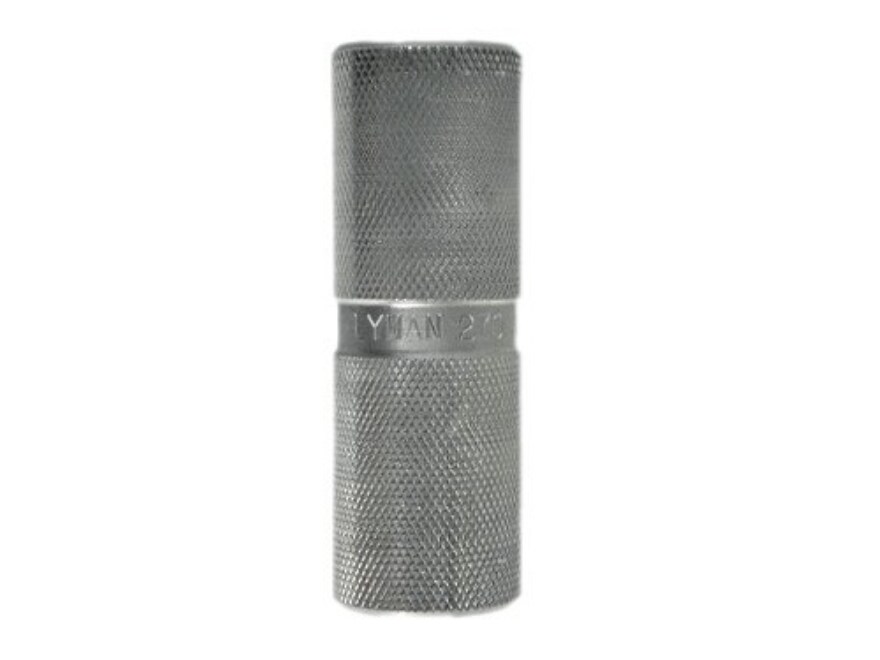Bronze Supporter
- Messages
- 16,828
- Reactions
- 27,633
Or....you could/might/maybe try using a gauge like this one. Of course, use the CORRECT one.

 ads.midwayusa.com
ads.midwayusa.com
You can use it to test every single piece of brass or you may just do it after every couple of shells. Up to you. Though I'd suspect that it it's faster, easier and will give you GOOD ENOUGH results (especially when speaking of plinking ammo in a semi auto).
Aloha, Mark
PS.....IMHO, it's also good to re-check your die settings.....every time you set up your dies again. Yeah, I don't trust the "lock rings".

Lyman Case Length Headspace Ga 270 Winchester
The Lyman Case Length Headspace Gauge is perfect for reloaders looking to achieve the highest degree of safety and accuracy. Lyman recommends that all...
You can use it to test every single piece of brass or you may just do it after every couple of shells. Up to you. Though I'd suspect that it it's faster, easier and will give you GOOD ENOUGH results (especially when speaking of plinking ammo in a semi auto).
Aloha, Mark
PS.....IMHO, it's also good to re-check your die settings.....every time you set up your dies again. Yeah, I don't trust the "lock rings".
Last Edited:













